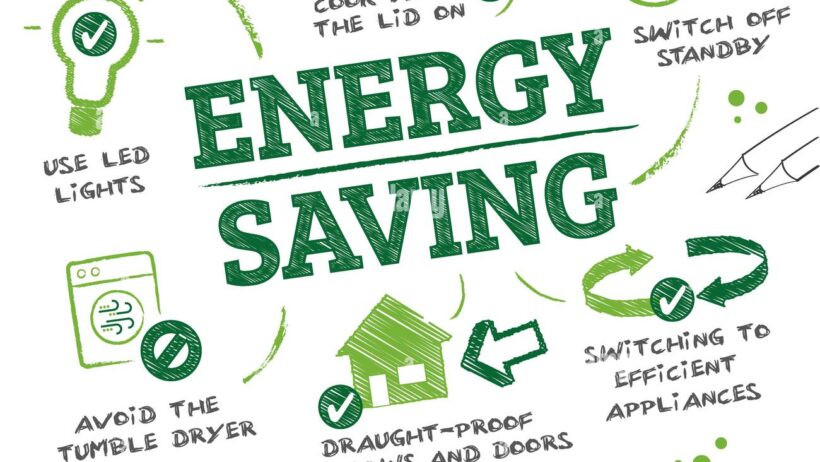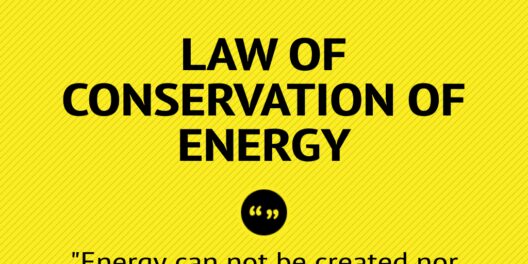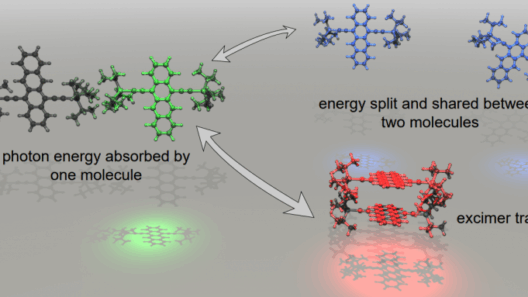In an era characterized by escalating energy demands and environmental predicaments, the significance of conserving energy at home cannot be overstated. The quest for energy efficiency transcends mere financial savings; it serves as a crucial component of ecological stewardship. As individuals, adopting conscientious practices in energy consumption not only mitigates our carbon footprints but also fosters a sustainable future.
First and foremost, one must address the intricacies of energy consumption in the household. A paramount observation is that residential energy use accounts for a considerable portion of global energy consumption. This reality beckons homeowners to reevaluate their consumption patterns and adopt energy-efficient practices. The motivations for this shift may vary—some are spurred by financial implications, while others are driven by a deeper understanding of the environmental repercussions. Regardless of reasoning, the outcomes remain invaluable.
One of the most effective methodologies for conserving energy is enhancing the efficiency of heating and cooling systems. A comprehensive examination of insulation is essential. Homes often suffer from energy loss due to inadequate insulation in attics, extrusions, and even flooring. By investing in high-quality insulation materials and proper sealing techniques, one can ensure that less energy is expended on heating or cooling, maintaining a comfortable indoor climate while reducing reliance on external energy sources.
Moreover, the installation of energy-efficient windows can significantly curtail heat loss during winter months and mitigate heat gain in the summer. Double-glazed or low-emissivity (Low-E) windows are engineered to reflect heat, offering further insulation beyond traditional glass. This upgrade not only enhances comfort but also results in substantial energy savings over time.
A key player in energy conservation is the thoughtful regulation of household devices and appliances. Household machines often operate inefficiently, consuming energy even when not in use. Embracing smart power strips allows homeowners to effectively manage standby power consumption, preventing energy wastage from devices that remain plugged in but idle. In tandem with this, one should consider upgrading to Energy Star certified appliances, engineered to meet stringent efficiency guidelines set by the U.S. Environmental Protection Agency.
Equally important is the approach to lighting within the home. Traditional incandescent bulbs, while widely utilized, consume excessive energy. Transitioning to energy-efficient alternatives such as compact fluorescent lamps (CFLs) or light-emitting diode (LED) bulbs can result in a remarkable reduction in energy usage. These alternatives not only consume less electricity but also boast longer lifespans, thereby diminishing waste and the frequency of replacements.
The strategic utilization of natural light can further enhance energy conservation efforts. By maximizing daylight through thoughtful architectural design, such as larger windows and skylights, homeowners can reduce their dependence on artificial lighting. Additionally, adopting lighter color schemes within interiors can amplify the natural illumination of spaces and minimize the need for electric lighting.
The management of water heating represents another critical facet of energy conservation. Water heaters are notorious for their energy consumption, often accounting for a significant percentage of a home’s energy expenditure. Lowering the thermostat on the water heater to 120 degrees Fahrenheit can reduce energy costs, while ensuring sufficient hot water supply. Installing a timer for water heaters can further optimize energy usage, ensuring that water is heated only when necessary.
Solar energy is emerging as a potent alternative for home energy needs. Investing in solar panels can substantially reduce reliance on fossil fuels. While the initial investment may be daunting for some, the long-term savings and potential tax incentives can offset costs significantly. Furthermore, advancements in battery storage technology allow homeowners to harness solar energy for use during non-sunny hours, further enhancing energy autonomy.
Thermostat control is paramount in energy management. Embracing programmable or smart thermostats enables homeowners to tailor heating and cooling schedules to their lifestyles. By ensuring that energy is utilized solely when occupants are home, significant energy savings can be realized. These technological innovations not only streamline energy use but also contribute to prolonged lifespan of heating and cooling systems.
The embrace of renewable energy forms extends beyond solar power. Wind energy, bioenergy, and hydropower present additional avenues to augment traditional energy sources. Evaluating the feasibility of such alternatives, depending on local resources and infrastructure, can catalyze a shift towards a more sustainable energy paradigm.
Furthermore, the importance of behavioral changes in energy consumption cannot be understated. Educating all household members about the implications of energy use fosters a culture of conservation. Simple habits, such as turning off lights when exiting a room or unplugging devices that are not in use, demonstrate how individual actions contribute to broader energy-saving efforts.
One must also consider the potential advantages derived from composting and efficient waste management practices. By reducing the volume of waste generated, the associated energy expended throughout the waste cycle diminishes substantially. Composting organic waste not only cuts down landfill contributions but also enriches soil health, indirectly contributing to energy conservation through sustainable agriculture.
In conclusion, energy conservation at home encapsulates a multifaceted approach incorporating environmental awareness, technological advancements, and individual accountability. By implementing these strategies, homeowners can not only reduce their energy bills but become stewards of the planet. Each small effort contributes to the collective movement towards a sustainable future, highlighting that conservation is not merely a choice—it is an imperative. Through conscious choices and conscientious actions, we can champion a legacy of energy sustainability for generations to come.








